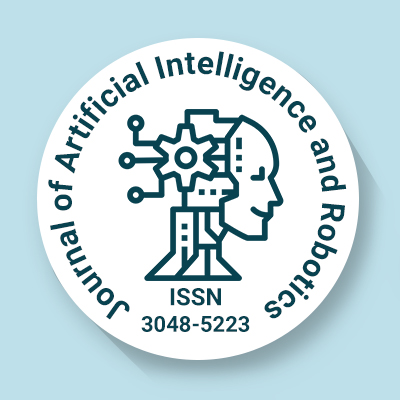
Journal of Artificial Intelligence and Robotics
OPEN ACCESS

OPEN ACCESS
.jpg)
Department of Biomedical Engineering, Imam Abdulrahman Bin Faisal University, Dammam, Saudi Arabia
Paralysis, often resulting from spinal cord injury (SCI), severely impairs voluntary motor control and functional independence. Despite advances in rehabilitation, regaining substantial locomotor ability remains a challenge for many individuals with SCI. Emerging technologies such as robotic exoskeletons and epidural electrical stimulation (EES) of the spinal cord have shown promise independently, but recent interdisciplinary innovations are revealing that their integration could offer transformative solutions. Robotic-assisted gait training has been instrumental in enabling repetitive, task-specific movement patterns, which promote neuroplasticity. Concurrently, targeted spinal cord stimulation has been demonstrated to modulate the excitability of spinal circuits below the injury site, facilitating voluntary control and enhancing residual neural activity. Recent clinical and preclinical studies have explored the synergistic impact of combining robotic systems with spinal stimulation to restore complex motor functions, particularly walking. These hybrid neurotechnologies leverage the mechanical support and feedback from robotics with the physiological modulation of neural circuits provided by EES. Evidence from trials in both animal models and human subjects indicates significant improvements in voluntary movement, trunk stability, and gait coordination when both systems are employed simultaneously. This communication provides an overview of the mechanistic basis, technological advancements, and clinical outcomes associated with the integration of robotics and spinal stimulation for movement restoration. It also discusses recent breakthroughs including AI-enabled adaptive stimulation, real-time biomechanical feedback loops, and implantable brain-machine-spine interfaces. Ethical, accessibility, and regulatory challenges surrounding these therapies are also considered. While challenges remain in scaling and personalizing these approaches, the confluence of robotics and neuromodulation is poised to redefine the rehabilitation paradigm for individuals with paralysis. Ultimately, this integrated approach not only revives dormant pathways but also offers renewed hope for independence and improved quality of life.
Department of Biomedical Engineering, Imam Abdulrahman Bin Faisal University, Dammam, Saudi Arabia